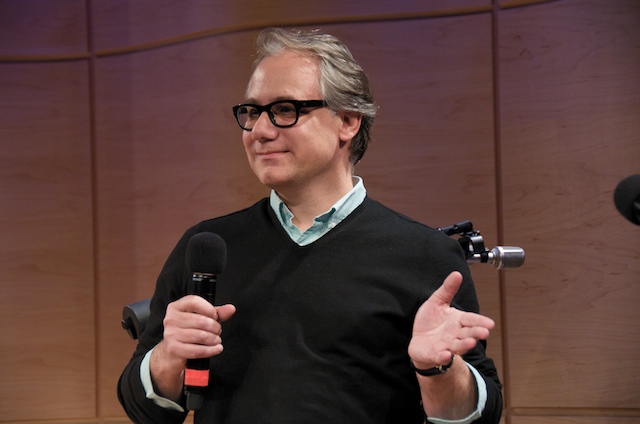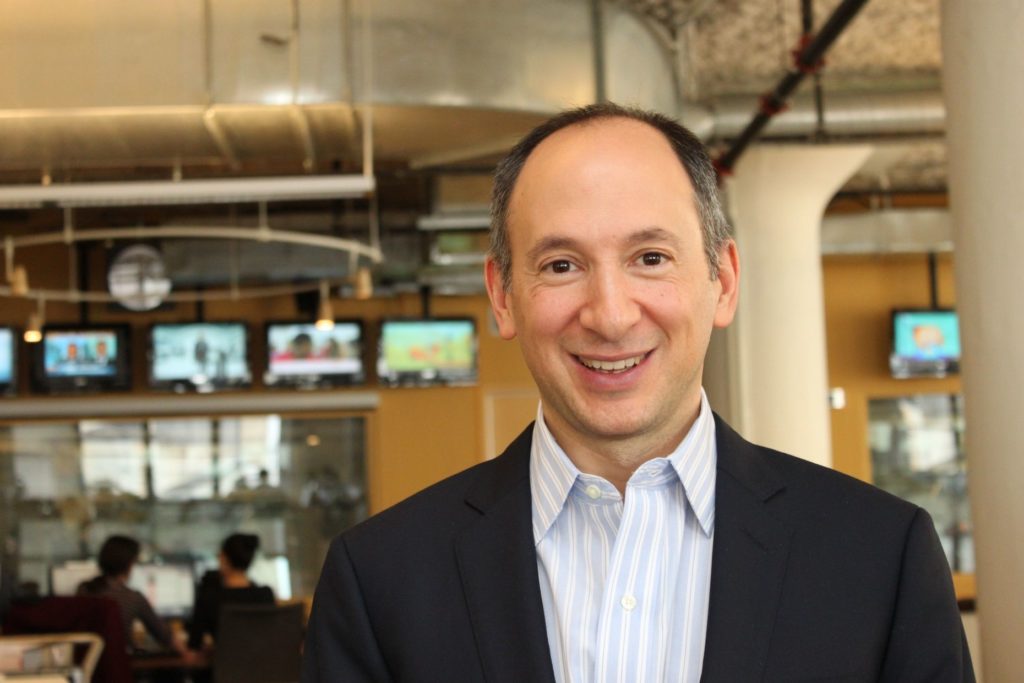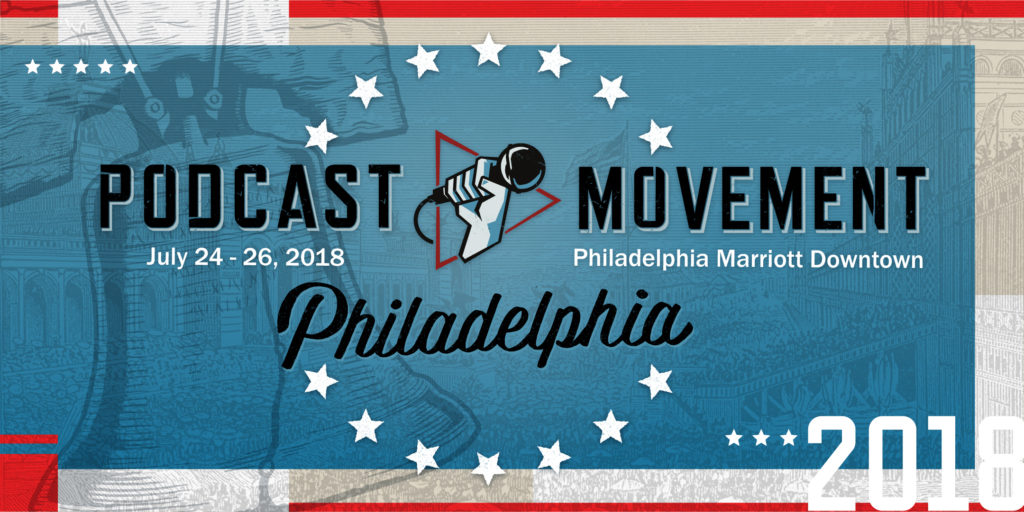 In yesterday’s post, we offered up a 6-pack of reasons why radio has a leg up in the podcasting space. But of course, it’s not as simple as “record, upload, post, monetize.” While some broadcast execs would love an easy paint-by-the-numbers solution to the podcasting conundrum, the fact is…it’s complicated.
In yesterday’s post, we offered up a 6-pack of reasons why radio has a leg up in the podcasting space. But of course, it’s not as simple as “record, upload, post, monetize.” While some broadcast execs would love an easy paint-by-the-numbers solution to the podcasting conundrum, the fact is…it’s complicated.
Everyone loves to learn about best practices. Who’s doing it right? Who’s garnering the page views? Who’s developing great original content? (And my favorite) Who’s making money in the space?
You can talk about “Serial” all you like, but in many ways, podcasting reminds me of the way Alternative stations once thought about the “World Famous” KROQ. Why don’t we have their ratings? How is their music different from ours? Why can’t we pull off major events like they do?
The answer to many of those questions were sometimes painful. That’s because before the format truly took flight, KROQ had built a foundation, a brand, and even a legacy – not a simple task for a new music format. Alternative programmers, managers, and owners who truly examined KROQ were able to learn a great deal about what it takes to be a big winner in a fledgling format.
And that’s the case with podcasting – still an embryonic medium trying to find its sweet spot. As many broadcasters struggle to get their heads around the burgeoning audio on-demand space, let’s look at the best in class, WNYC Studios.

We highlighted their efforts in our “Radio Most Innovative” series back in early 2016 with two posts loaded with wisdom from WNYC’s EVP & Chief Content Office, Dean Cappello. He’s been one of the driving forces in transitioning the WNYC brand beyond the confines of the tower and transmitter. WNYC Studios is one of the many tools used to expand the tent and grow the WNYC brand, first launched in 1924.
Cappello shared his theory about podcasting and digital content at his company’s headquarters last year:
“There are many more people we can reach beyond the broadcast platform.”

And according to WNYC CMO, Peter Weingard, WNYC Studios now delivers 36 million downloads a month from over 20 different programs.
In a recent interview in AdAge, Weingard explained that WNYC is both “a 93 year-old media institution and a really scrappy startup.”
And that’s part of the key to being able to find great talent, conceptualize new podcasts, and go through the iteration process necessary in shaping how these cutting-edge ideas will evolve in to actual programs. Cappello made a great presentation at our “Broadcasters Meet Podcasters” sessions at Podcast Movement earlier this year in Anaheim, laying out the characteristics that define how WNYC Studios develops content, identifies talent, and creates programs that cut through all the other brands vying for the consumer’s attention. As he told his audience last year:
“I look at Netflix and I look at those highly bingeable series and that’s what we want to create.”
A tall order, but one that has led to the development of successful podcasts that include Radiolab, 2 Dope Queens, 99% Invisible, and Sex, Death, & Money. As Cappello points out, WNYC is in this for the long haul:
“This is not a sideline. This is a core thing of what we do.”
And that goes a long way toward explaining why WNYC Studio is a sterling example of how to approach the podcasting arena, how to create the optimal environment in the building and among the staff, and the importance of committing to a venture that is more than just another box to check in the digital tool kit.
That commitment and investment in podcasting starts at the top from the President and CEO of the operation, Laura Walker, and permeates through the entire building. And it’s something broadcasters eager to break into the podcasting space should take into account before they launch their first podcast. As Dean explained in our “Radio’s Most Innovative” feature:
“I think most people are not thinking enough about who will listen, who the potential audience is. It’s the first question I ask people. If the answer is ‘people who listen to podcasts,’ you’re not being sharp enough. Even if you think your work has broad appeal, think of the one or two people who define your potential audience and work directly at serving them. They will be your anchors. It’s also a terrific antidote to thinking that whatever you want to say will be compelling to others.”
It used to be that when you wanted to hear what that amazing radio station in New York or L.A. with the great ratings was doing, you had to hop on an airplane, and sit in a hotel room for a day just listening. Thanks to technology, you can save the airfare and the time. In fact, in the first 18 minutes of this featured video, Cappello is interviewed by one of his podcasters, Manoush Zomorodi. It’s a crash course in WNYC Studios, and a great example of vision and execution.
Watch it here.
And be sure to take great notes.
Jacobs Media will be back at Podcast Movement next summer for their fifth annual conference in Philadelphia, July 24-26. We will once again be programming a special all-day track for radio broadcasters who are serious about podcasting. To help you budget or to register, you can check it out here.

Download Our Podcasting Guide
We’ve put together a Podcasting Guide for Radio Stations to help you get started.
- Radio’s New Audience Equation: Z Over Y = Trouble - May 1, 2025
- What Is It With Female Robot DJs? - April 30, 2025
- Why “Dance With Those Who Brung You” Should Be Radio’s Operating Philosophy In 2025 - April 29, 2025




Leave a Reply